Hunting techniques of the banded sea kraitBanded sea kraits are often seen in large numbers in the company of hunting parties of giant travelly (Caranx ignobilis) and goatfish Their cooperative hunting technique is similar to that of the moray eel, with the kraits flushing out prey from narrow crevices and holes. Kraits need to drink fresh water and regularly come onto land for that purpose.
While probing crevices with their head and thus unable to observe approaching predators, banded sea kraits can fool their potential enemies to believe that their tail is the head. This is based on both colouration and tail movements, such that the lateral aspect of tail corresponds to the dorsal view of the head. www.similandiveguide.com Colorful nudibranche at the Similan islandsNudibranchs occur in seas worldwide, including both the tropics and Antarctica.
Nudibranchs live at virtually all depths of salt water, from the intertidal zone to depths of well over 700 m (2,300 ft). The greatest diversity of nudibranchs is seen in warm, shallow reefs, although a new nudibranch species was discovered at a depth near 2,500 m (8,200 ft). Anemone fish at the Similan islandsAnemonefish and sea anemones have a symbiotic , mutualistic relationship, each providing a number of benefits to the other. The individual species are generally highly host specific, and especially the genera Heteractis and Stichodactyla, and the species Entacmaea quadricolor are frequent anemonefish partners. The sea anemone protects the anemonefish from predators, as well as providing food through the scraps left from the anemone's meals and occasional dead anemone tentacles. In return, the anemonefish defends the anemone from its predators, and parasites. The anemone also picks up nutrients from the anemonefish's excrement, and functions as a safe nest site.The nitrogen excreted from anemonefish increases the amount of algae incorporated into the tissue of their hosts, which aids the anemone in tissue growth and regeneration. It has been theorized that the anemonefish use their bright coloring to lure small fish to the anemone, and that the activity of the anemonefish results in greater water circulation around the sea anemone. Studies on anemonefish have found that anemonefish alter the flow of water around sea anemone tentacles by certain behaviours and movements such as "wedging" and "switching." Aeration of the host anemone tentacles allows for benefits to the metabolism of both partners, mainly by increasing anemone body size and both anemonefish and anemone respiration.
Corals and other "slow life" do move, though we often think of them as very nearly static. In order to see their movement, you need to change your perspective -- slow way down, photograph in time lapse, and then carefully assemble the result so that humans can understand what that motion looks like from the perspective of such a slow creature. Photographer Daniel Stoupin has done just that with his short film Slow life, three and a half minutes of time lapse that took nine months to create.
Best deals on Manta Queen liveaboard trips in April and MaySave up to 4.000.- Baht on Manta Queen liveaboard trips in the month April and May
Make your inquiry >> 5 Days - 5 nights liveaboard : 20 November 2015Enjoy the crystal clear waters at the Similan islands during this best valued 5 days - 5 nights liveaboard trip with 19 dives. Next trip starting 20 November .
Price : 18.000.- Baht + 2.000.- Baht national park fees Book now Anemone fish playing aroundAnemonefish are native to warmer waters of the Pacific and Indian oceans, including the Res sea and Great Barrier reef. While most of the species have restricted distributions, others are widespread. Anemonefish live at the bottom of shallow seas in shallow lagoons or sheltered reefs.
Want to dive with anemone fish . Check out one of the next liveaboard trips #anemonefish #similanislands #scubadiving #thailanddiving Similan inseln ThailandSimilan Islands National Park was established after a one-year exploration by the forestry department. The park is islands group consisting of nine islands named Ko Bon, Ko Bayu, Ko Similan, Ko Payu, Ko Miang (two adjoining islands), Ko Payan, Ko Payang, and Ko Huyong. Recently, the park was expanded to include two remote islands named Ko Bon and Ko Tachai. The Similans are situated 55 kilometres from Khao Lak.
Read more on wikipedia >> Liveaboard diving ThailandGreat Thailand diving liveaboard trips leaving from Khao lak to the Similan islands, Koh Bon, Boonsung wreck, Koh Tachai and Richelieu rock.
#similan #scubadiving #similan #similanislands |
SIMILAN
|
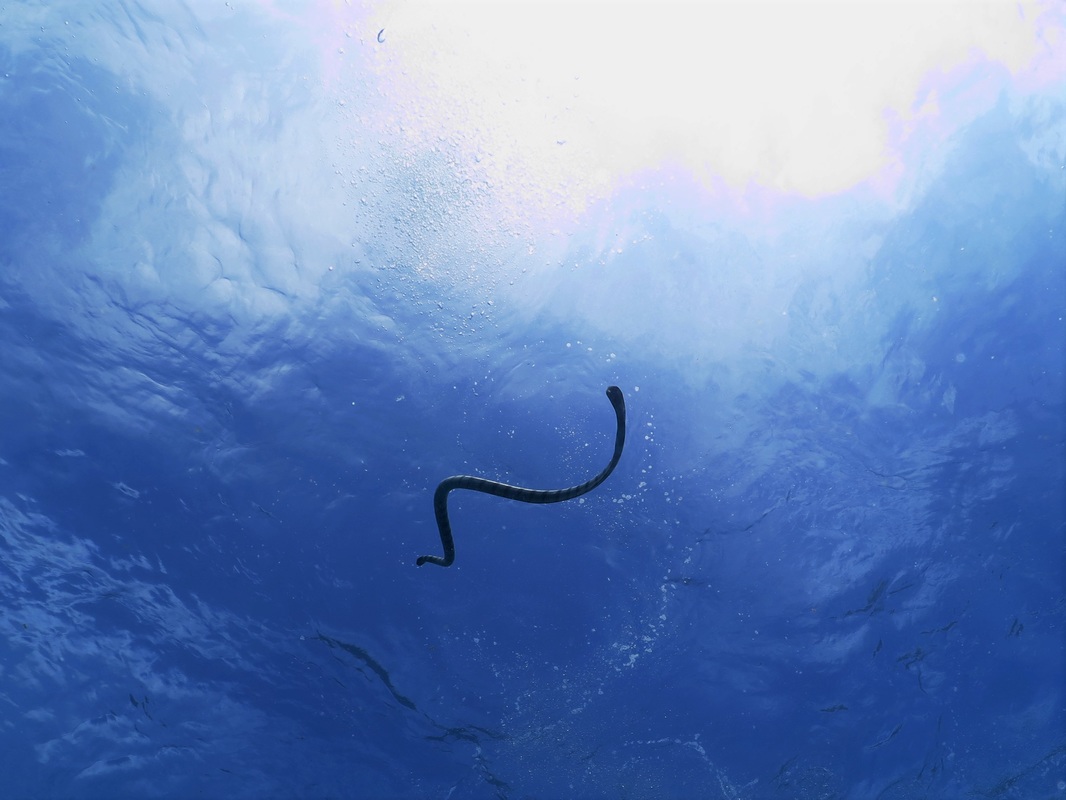
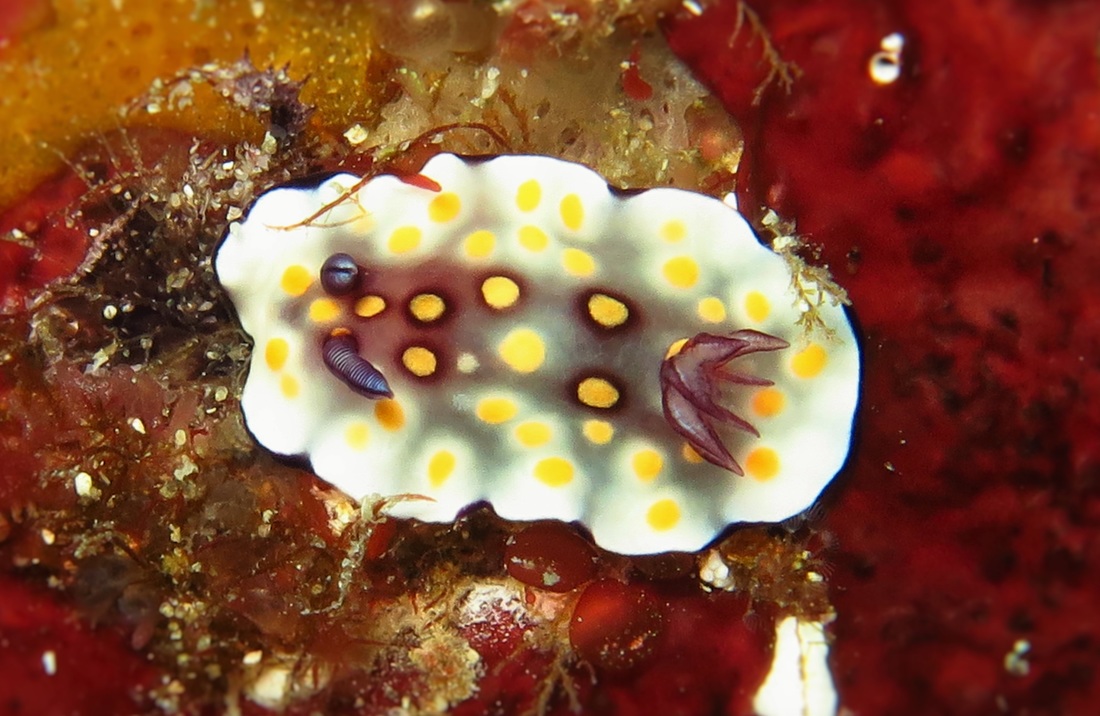
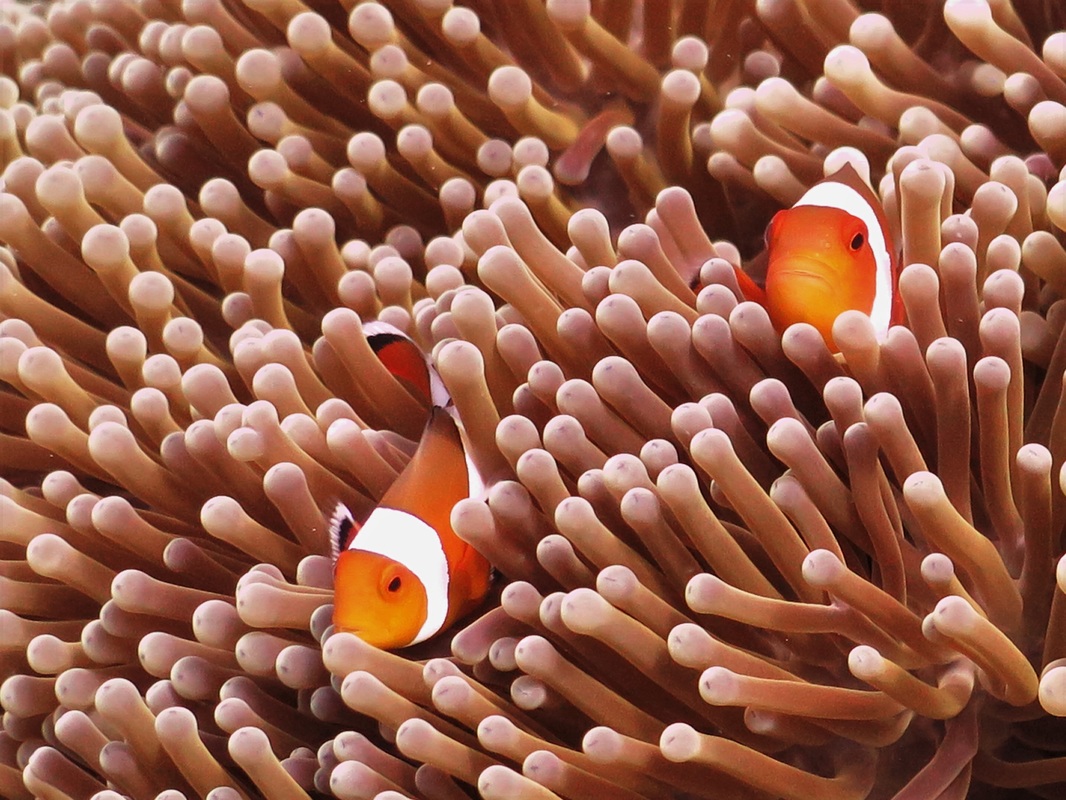
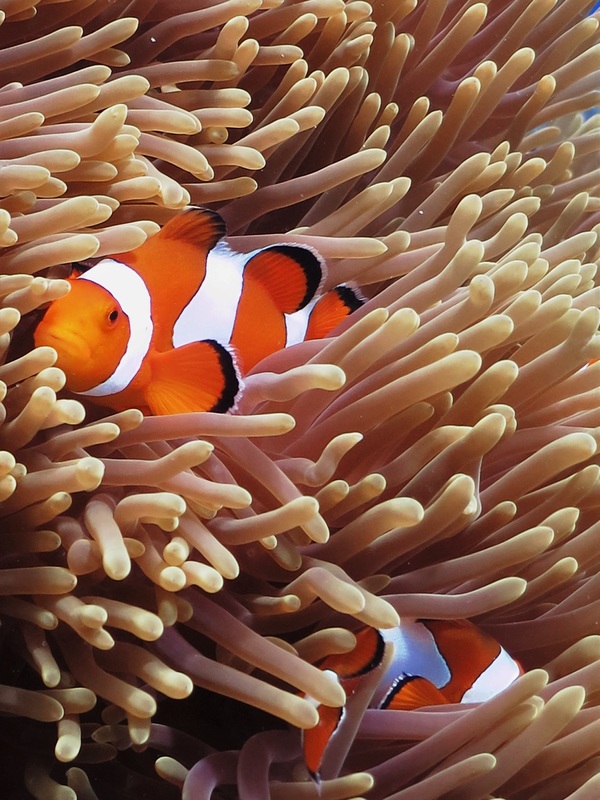
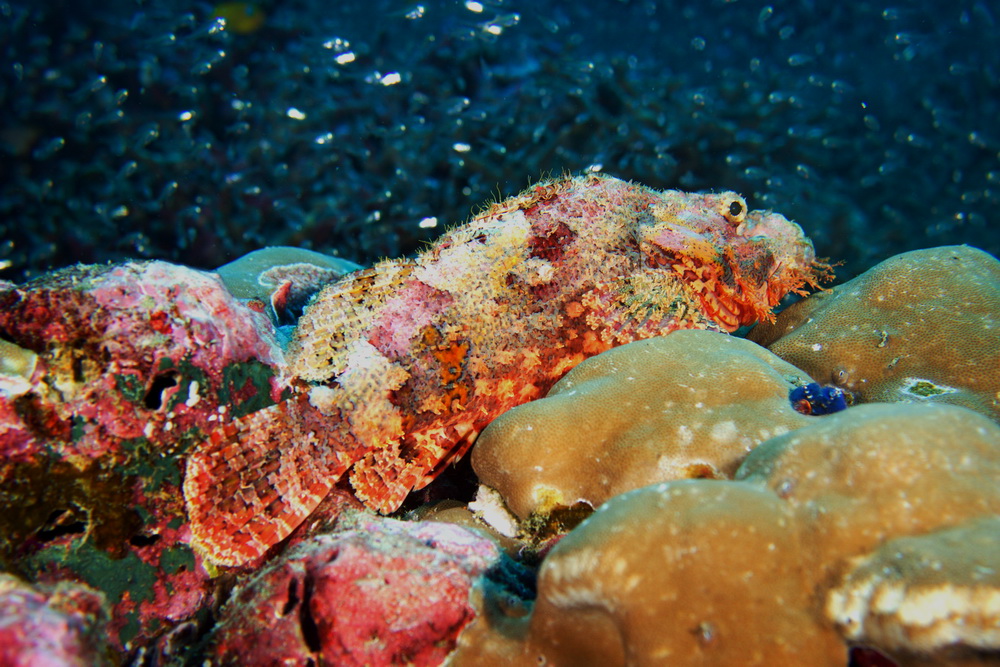
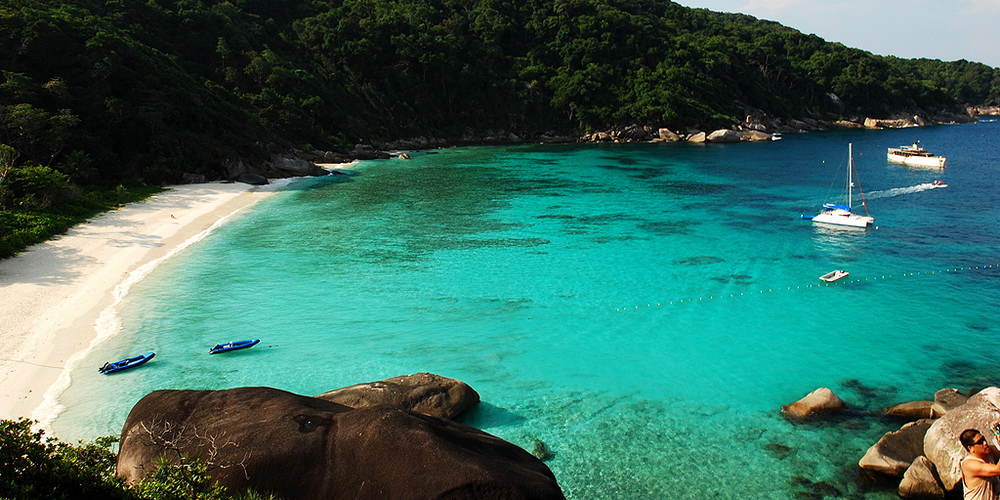
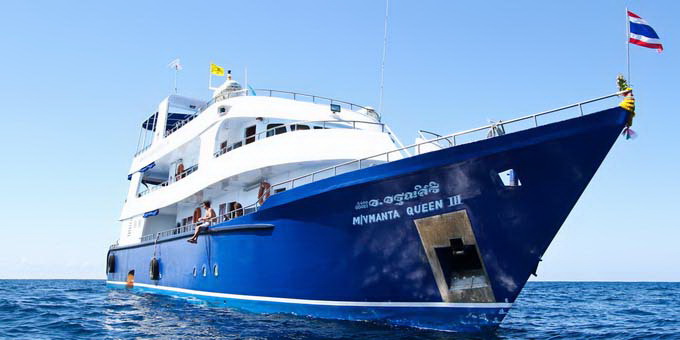
 RSS Feed
RSS Feed
